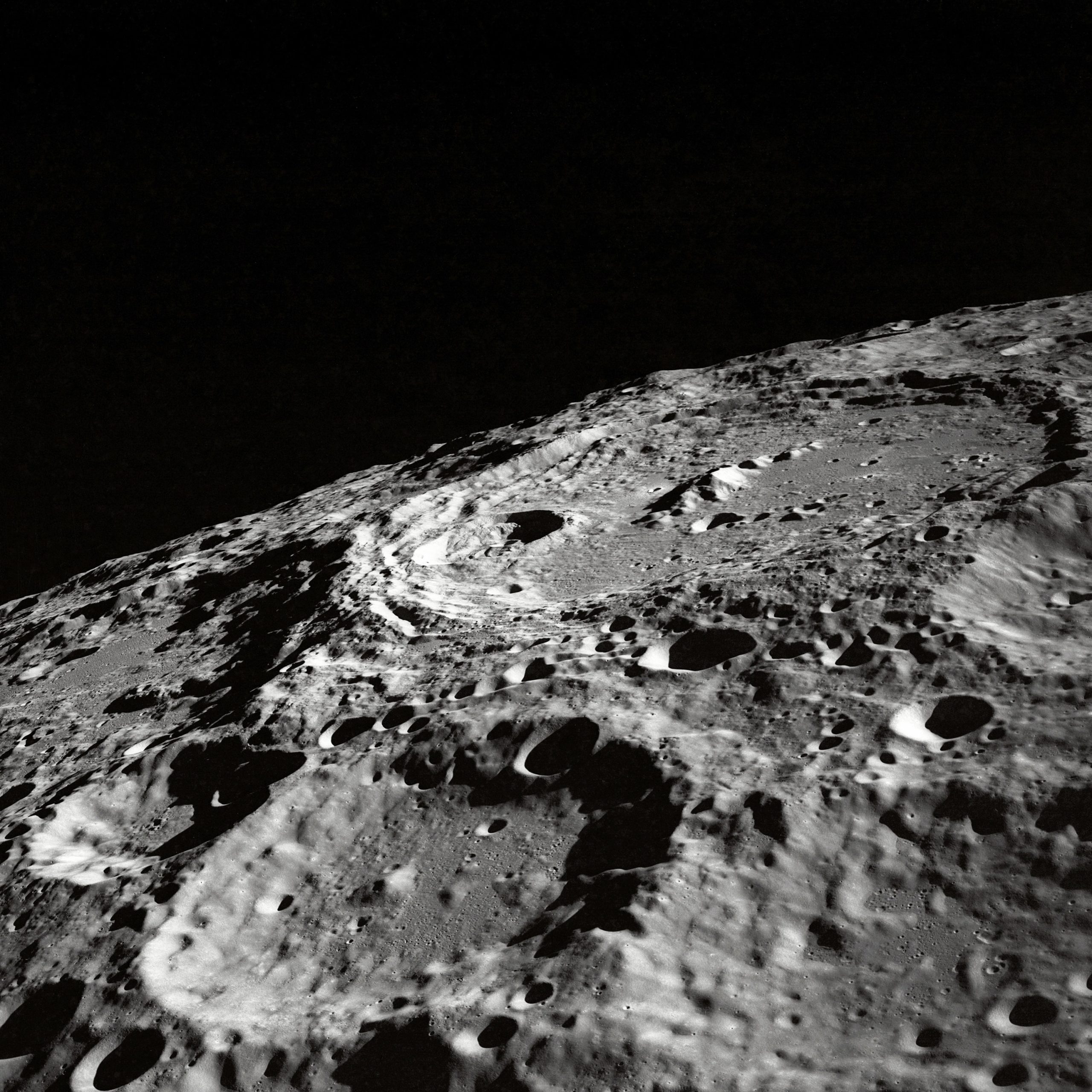What is Lunar Time?
Time is a concept that governs our lives. We use it to schedule events, plan our days, and keep track of our routines. But have you ever wondered if there are different ways of measuring time? One such method is lunar time, a system that relies on the cycles of the moon to mark the passing of hours, days, and months. In this blog post, we will delve into the fascinating world of lunar time and explore how it differs from our conventional way of measuring time.
The Basics of Lunar Time
Lunar time, as the name suggests, is based on the moon’s movements. Instead of following a 24-hour day like our standard Universal Time (UT), lunar time revolves around the synodic month, which is the time it takes for the moon to complete one cycle of phases – from new moon to new moon.
The average length of a synodic month is around 29.53 days, which means a lunar day is slightly longer than our conventional 24-hour day. To account for this, lunar time divides each synodic month into 30 lunar days, or “tithis,” with each tithi lasting approximately 24 hours and 50 minutes.
So, in lunar time, instead of using hours and minutes, we have tithis as the fundamental unit of measurement. Each tithi is further divided into smaller intervals known as “kalas,” which last approximately 24 minutes and 48 seconds. This hierarchical structure allows for precise timekeeping, particularly in religious and cultural contexts where lunar time plays a significant role.
The Significance of Lunar Time
Lunar time has been an essential part of different cultures and civilizations throughout history. One of its primary applications is in religious observances and festivals that follow lunar calendars. For example, Islamic holidays, such as Ramadan and Eid ul-Fitr, are determined by the lunar calendar, which relies on the sighting of the new moon.
Similarly, Hinduism and Buddhism also use lunar calendars to set the dates for many festivals and religious events. The importance of lunar time in these traditions extends beyond cultural practices, as its calculations play an integral role in determining the most auspicious times for various rituals and ceremonies.
In addition to religious and cultural contexts, lunar time has significance in scientific studies and agrarian practices as well. Tracking the lunar phases helps researchers studying the moon’s influence on Earth’s tides and currents. Farmers also use lunar time to schedule planting and harvesting activities, as they believe it affects the growth and yield of crops.
Differences with Universal Time (UT)
While lunar time has its merits and continues to play a vital role in different areas of life, it is essential to understand its differences and limitations compared to Universal Time (UT) or Coordinated Universal Time (UTC), the standard global time system.
The fundamental distinction between lunar time and UT lies in their reference points. UT is based on the rotation of the Earth, dividing it into 24 hours, each consisting of 60 minutes and 60 seconds. This system is practical for everyday life and is widely used across the world.
On the other hand, lunar time relies on the moon’s position and phase and may not consistently align with the rising and setting of the sun. This can lead to variations in the length of a lunar day throughout the month. Moreover, the inaccuracies in measuring lunar time come from factors such as the moon’s elliptical orbit and the Earth’s perturbations.
While lunar time may not be as precise or practical as UT for day-to-day activities, its influence and value cannot be underestimated in specific contexts, such as religious ceremonies and agricultural practices, where celestial observations carry great importance.
Using Lunar Time in the Digital Age
In our digital age, almost everything is based on the conventional 24-hour clock system. However, there are still applications that incorporate lunar time to cater to specific religious and cultural needs. Some digital calendars and apps allow users to switch between lunar and solar calendar views, enabling them to track important dates and events in both systems.
Furthermore, with the rise of globalization, it has become easier for people from different cultures to access and use lunar time tools. The internet provides various websites that display lunar calendars, allowing individuals to plan religious observances and festivals accordingly.
Conclusion
Lunar time offers a unique way of measuring the passage of time, relying on the cycles of the moon rather than the rotation of the Earth. While it may not be widely used in day-to-day life, lunar time holds significant cultural, religious, and agricultural importance in various communities around the world.
By understanding lunar time, we can appreciate the diversity in how different cultures perceive and interact with time. It also serves as a reminder of humanity’s connection to the celestial bodies that govern our lives and shape our understanding of the world.
Whether you follow lunar time or adhere to the conventional 24-hour clock, time remains an intrinsic part of our existence; it symbolizes the past, present, and future and continues to shape our lives in countless ways.
Table of Contents
